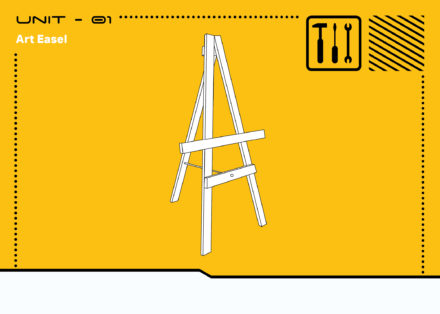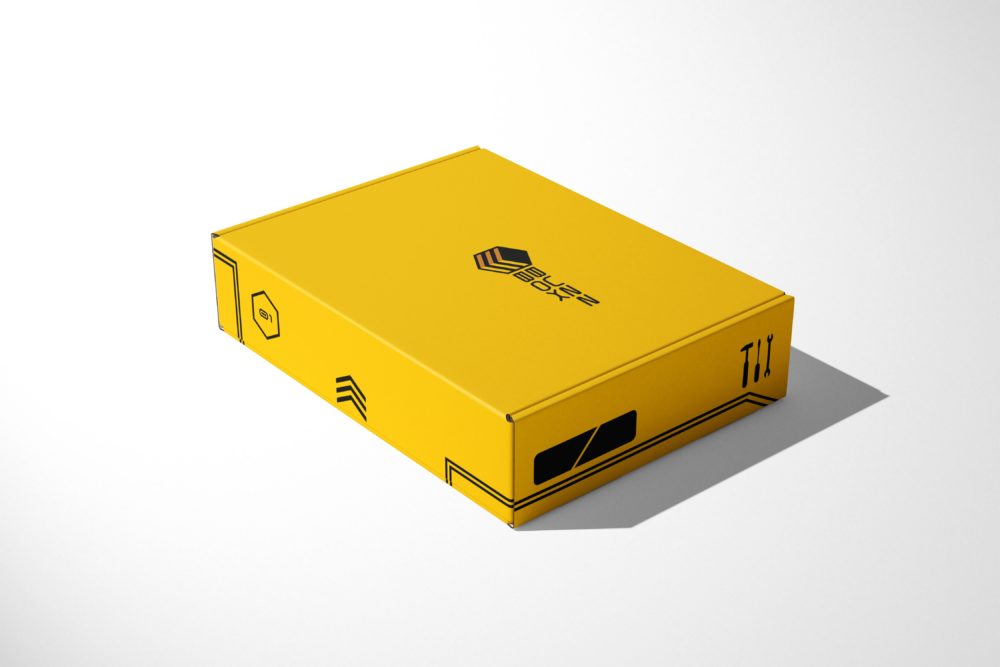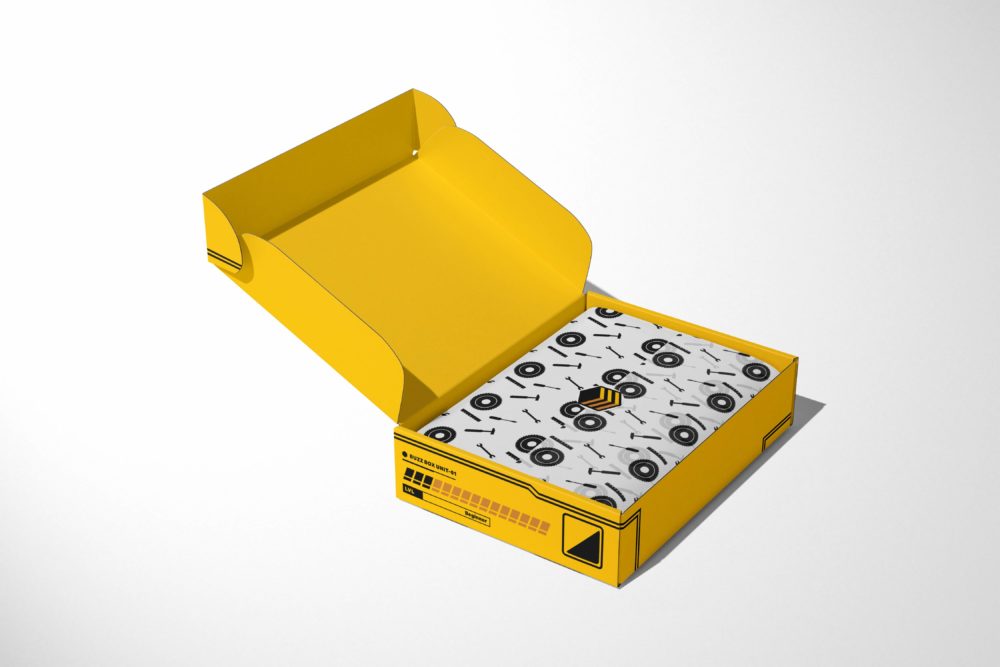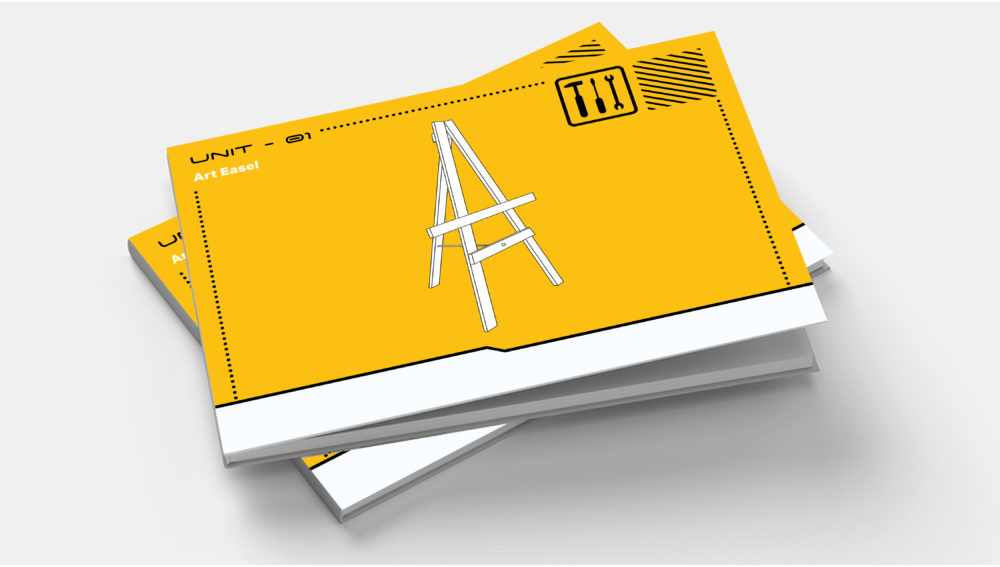
Your final report should share the story of your project, including the following elements you defined, researched, and created over the semester. Example: https://thesis.designmiamioh.org/processed/grainguard/. Delete this text block before you publish the page.
Before you publish: change the title of the page and the permalink to your project title.
The Problem
Basic maker skills are fundamental to independent living. With the increasing dependence on outside services and instant gratification, the translation of maker skills is getting lost.
How can basic maker skills help to improve everyday life and build self confidence in young adults transitioning into independent living?
Success Statement
With the ability to learn new skills through monthly challenges, and build self confidence through making, young adults will discover a new found sense of independence and self reliance. Additionally, the skills they learn will be applicable into various fields of creative problem solving in their daily lives.
Target Audience
I wanted to focus my audience on young adults ages 18 – 25. This age range was important to me because these would be individuals new to independent living and could greatly benefit from the application and education of basic maker skills. Additionally, I wanted to narrow down my audience to this age group because they’d be individuals who might not have a large expendable income. Possessing the skills to make things on your own opens so many doors in regards to saving money, so learning at a young age will only prove to benefit them further as they mature.
Research
For my research, I utilized both surveys and interviews to help me get a better understanding into the minds and thought processes of makers. In the survey, I wanted to gauge my audience’s comfortability with the usage of various kinds of hand and power tools. This would allow for me to get a general idea of the varying levels of skill within my target audience. Additionally, I wanted to learn the various hobbies and projects my target demographic tended to like in order to properly build projects and challenges that they would find interesting and fulfilling. When it came to the interviews, I wanted to get a better understanding as to why these makers enjoyed the creative maker process and learn more about their creative problem-solving skills.
My survey results were very insightful when it came to quickly gauging my audience. I found that there was a clear division of skill level when it came to handheld vs power tools. A large 93% were moderately to very comfortable when it came to using most of the hand tools I listed, but then only 46% would consider themselves to be at the same level of comfort when it came to the utilization of power tools. This helped me greatly narrow down my possible solutions so it would be more accessible to a wider audience. It also led me to the conclusion that there should perhaps be some sort of difficulty scaling so the makers could have a more tailored experience to match their comfort level.
My interviews allowed for a more in depth understanding as to why my target audience enjoys the maker process. One of the key takeaways I took from the first individual I interviewed. He stated that he felt a much greater connection to the build in both its utilization and function. An example he used was a custom-built sound booth he created for recording music. He had the option to simply buy a prefabricated one, but he wanted to challenge himself with creating one on his own. When he finished the project, he told me that because he was the one who designed it and built it, he knew exactly where everything was in it, and exactly how each little aspect of it worked. This allowed for him to better customize it later to change up sound quality, fix wiring issues, and reconfigure it should he desire. This level of connection to a project is something that greatly influenced the way my final solution works. I didn’t want to simply give my audience a step-by-step guide on how to build something. I wanted to create projects that would force them to think critically about the process and learn how elements in the build can be altered to better suit the individual.
Lastly, during my interviews, I quickly realized that many people find the process of gathering materials and parts for a build can be intimidating. I know I myself have had plenty of experiences where I was embarrassed by not knowing the difference between similar products at home depot, or not knowing how to properly pick out hardware for a specific job. This led me to altering my approach on how materials will be listed for projects in my monthly challenges. I want my users to build confidence in themselves as makers, so I want them to have the experience of having to go out and ask questions and think critically about how they choose materials.
Design Process + Testing
When I initially approach the idea of a subscription box, I knew I wanted the appearance to have a modern and industrial feel to it. The box itself was meant to mimic designs of graphics seen from various shipping labels with a minor futuristic flair. I chose this aesthetic based upon my own time working in lumber and shipping at home depot. I always enjoyed both the bold graphic style of the shipping icons I would see there, and the challenge associated with attempting to decipher their hieroglyphic nature, as I personally had no idea what most of the symbols meant. I wanted to utilize this mentality with my graphics because I always found that mystery to be intriguing, and I wanted my audience to have a similar reaction when they receive the box. Additionally, I utilized isometric and orthographic illustrations throughout the project to reinforce the industrial design approach.

Inside the box, there will be a number of items inside based on which level of difficulty you chose. For an example if we looked at a beginner to intermediate level box, we would see the branded buzz box tool of the month, a notepad, and the Art Easel monthly challenge booklet. These are all devices meant to aid the maker throughout the month as the attempt the project challenge. When They look through the project challenge, they’ll first receive a materials list of all of the required parts they’ll need to acquire for the build. This was important section I needed to address because after all the point of the box is to challenge the makers. The recommended materials will be somewhat vague in description. For instance, instead of saying 36 x 1 ¾ inch wood screws, it will simply say, 1 box of screws. This is a deliberate approach as withing the booklet, there will be pages of material/tool tips where tips and tricks will be shared with the user on how different materials need to be addressed during the creative process. So going off the screw example, the material tip might mention how when picking out screws, the individual will need to consider multiple things, such as how many boards the screw is meant to drill through without poking out the back, and how different threads are designed to better punch through certain materials: Wood, metal, drywall, etc. Within the booklet, there will be tips for all of the recommended materials on how to approach the shopping experience. Additionally the instructions will include recommendations of how to approach the sizing of different parts so the maker can better suit the final project to fit their needs.
When it came time to do some testing, I had multiple people from my target audience look over the product and talk about how they feel about the monthly challenges. The responses were mostly positive, and the branded elements seemed to resonate well with my audience. The idea of challenging the makers to think more about acquiring materials was met with positive feedback. In regards to the way the building process of the challenge was received, the feedback varied slightly. One maker stated that they felt the challenge would be slightly too vague and difficult to follow without having much prior experience. This led me to reevaluating my difficulty levels. I think for lower level projects, the idea of slightly more handholding would be beneficial.
Design Solution




